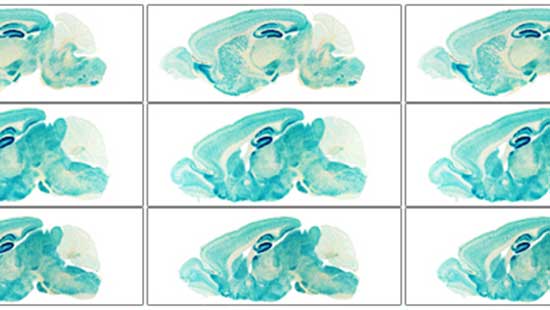Exploring the cellular and molecular basis of neurodegeneration.
The Opal Lab
Our research focuses on understanding the cellular and molecular basis of neurodegeneration. We are currently studying human neurodegenerative syndromes that affect the cerebellum and basal ganglia to result in abnormalities of movement such as ataxia and parkinsonism. We are testing the idea that neurodegeneration results from derangements in relatively few but strategic sub-cellular pathways. By identifying critical components of these pathways one could begin to not only understand the biology of neurodegeneration, but also embark on the design of novel therapeutic agents.

Basic Science Research
We investigate disease mechanisms and potential therapeutic targets for neurodegenerative disorders, with a focus on Spinocerebellar Ataxia Type 1 (SCA1) and Giant Axonal Neuropathy (GAN).
Clinical Trials
We conduct clinical research on the progression, outcomes, and treatment of Spinocerebellar Ataxias (SCA) through the CRC-SCA and early-stage clinical trials.
About Us
Our research focuses on understanding the cellular and molecular basis of neurodegeneration.